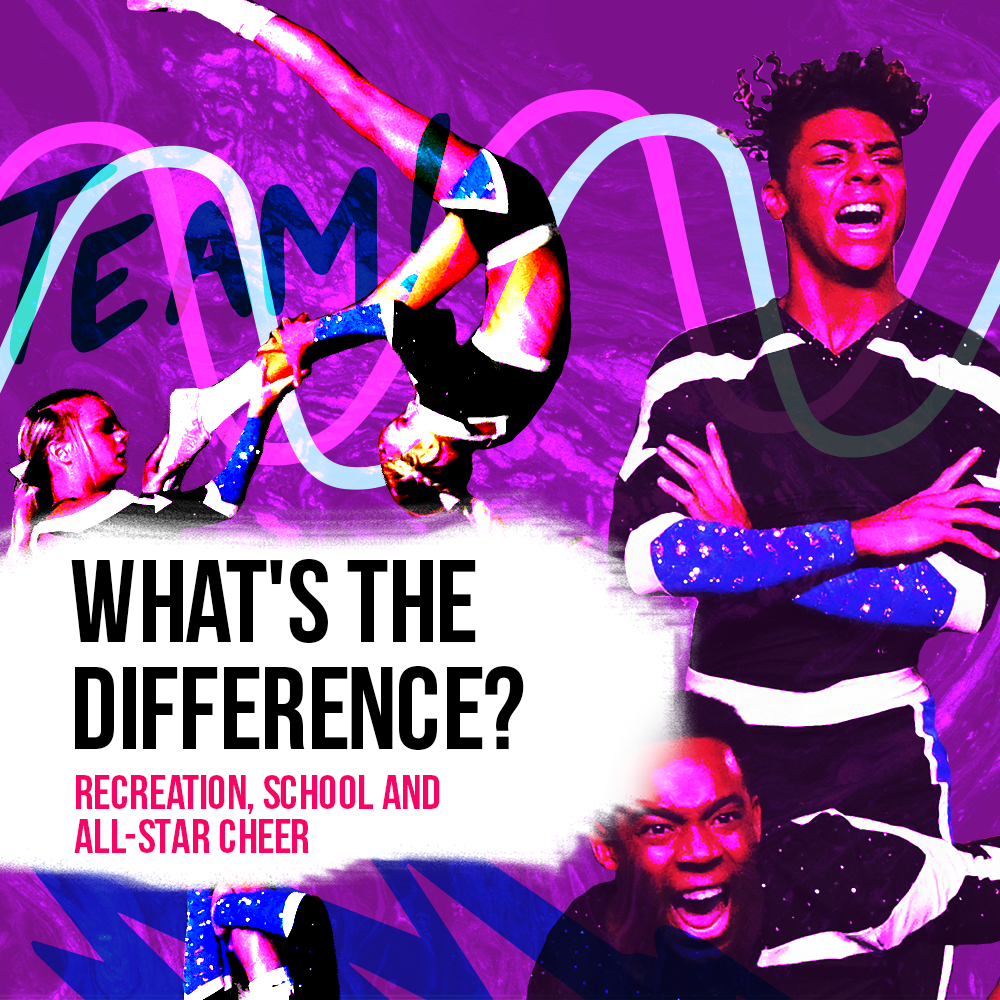
You and your squad have been practicing hard and cheering your heart out at the games, and putting together some of the best pep rallies your school has ever seen. But there just does not seem to be a lot of spirit at your school. So how do you and your teammates help to bring love of sport and school together? One of the ways you can change school culture is by establishing new traditions. You have seen people try to begin a new tradition before, only to receive lackluster support and watch their idea slowly fade away. So how can you and your fellow cheerleaders help create new school traditions that will continue after you graduate from the hallowed halls?
Start With The Music
Every school has a few traditions which have fallen by the wayside over the course of the years. Your school already has several key elements which are testaments to school spirit in the past. One of the most important of these is your school’s Alma Mater and fight song. The Alma Mater is the official song for the school. This was a central part of school spirit in the 1950’s and 60’s but became less important as the years have past. The fight song is the song that your band plays every time your team scores a touchdown: you probably know the tune but did not know that it has words, as well. However, you can revive interest in your school’s Alma Mater and fight song by incorporating those musical elements into your current spirit activities.
While the music in the fight song and Alma Mater might seem old and trite, it is a lasting tradition at your school. By including more of those elements at sports events you will be able to join two large, but disparate groups at your school. The alumni who still come to games and support many of the athletic programs financially typically remember the Alma Mater and fight song fondly. Conversely, many of the current students do not know about it. Teaching the words to these songs at pep rallies and football games can help bring a sense of community back to both the current students and alumni.
Bring a Pop of Color
Your school colors are well-established, and everyone at your school can identify them. Try using the automatic identification as a way to build more school spirit. Establish “color days” for football games. For example, if your school colors are red, purple, and white, try to have a “red out” for one game and a “purple out” for another. By using the school colors you and your squad can help make school spirit more than just yelling at games. Consider working with local vendors to develop special shirts for these spirit events as well – having everyone wearing the same shirts on the same days can build school spirit in a way that yelling on the sideline never could.
In addition to establishing color days, your team should use the school colors to help design your run-throughs and banners as a build-up to big events. Decorating the halls with new content every few weeks will keep the student body feeling engaged. Try not to have any temporary spirit materials for longer than two weeks – students will start ignoring it and the effect will be lost. Don’t be afraid to reuse materials, either. If you are careful when you put up and take down banners you can often use them several times, reducing the amount of time you need to spend doing painting and prep.
Relationships Matter
Incorporating more of the existing spirit content at your school, like the fight song, Alma Mater, and school colors will all help, but ultimately school spirit comes down to relationships. As a highly visible member of the school community, and the leaders in school spirit, cheerleaders have a responsibility to reach out to all members of the student body. Often it is easy to stick with the smaller groups of athletes and fans who already have buy-in for school spirit, but doing that will not increase spirit around the school.
There are several ways you can include other groups in your spirit activities. Try reaching out to school clubs and student organizations. Having a homecoming contest for the best float, or putting more club and organization recognition into your pep rallies can help to inspire these groups to become more involved in the larger school culture. Sometimes building these relationships will take you and your teammates out of your comfort zone, but having those courageous conversations with people you normally wouldn’t talk to is a big part of leadership!
School spirit can be difficult to build, and it takes as much work to keep it going as it does to develop it in the first place. However, with grit, determination, and a clear vision for how to get your peers engaged you can make a change in the number of students singing the Alma Mater before each game, wearing the same colors, and getting involved in pep rallies and parades. Once you have done that, you will see your school working together in a more unified way, and increase the feeling of belonging for many members of your community – including the alumni who still support the school. Being a spirit leader at your school is hard work, but you and your squad are up to the task. Just think of what you can accomplish when you work together!




















